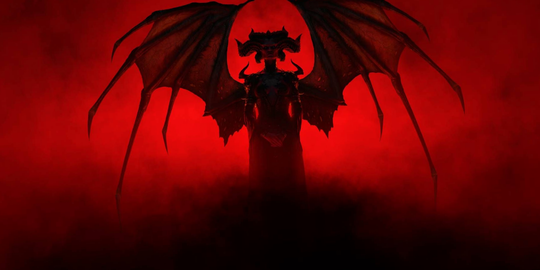Diablo 4 beginner guide
If you know nothing about the latest installment of the ARPG game and want to know about the basics, we have a Diablo 4 beginner guide to help new and returning players.


Published by Liam @ PC Game Spotlight 3 years ago
A hack-and-slash ARPG, Diablo 4 has returned with five classes – Druid, Necromancer, Rogue, Sorceress, and Barbarian – each with varying playstyles to suit your preferred role in multiplayer. New to the series is the Paragon board which adds another layer of complexity to the RPG game, so if you hate grinding and random drops you might want to read our best PC games list instead. Luckily for those new to ARPG games, there are a set of beginner tips for starting out that we’ll detail below, alongside guides for early and late-game content.
Getting started in Diablo 4
When you first get into the game, you’ll have to choose whether you want to play in Softcore mode or Hardcore. Playing in Softcore retains your character after death, so all your progress can be continued. Hardcore, on the other hand, permadeaths your character which means everything is lost if you die. If you like your saves to be permanent, you can play in World Tier 1, which we find to be the most efficient way of levelling up during your early hours in the RPG game.
Those aren’t the only choices you’ll need to make ASAP. In Diablo 4, you can choose between early World Tiers only, later World Tiers only, or a mix of the two. The advice we give is that if you’re new to Diablo 4, World Tier 1 runs fine until you can reach the ultimate skill for your chosen class and build. From there, you can play through World Tier 2.
As for building your character, there’s no set way to do it. As long as you follow the skill tree, unlock various nodes, and use the skills and runes you get to unlock new sections, you can do whatever you like. Even without taking the Paragon board into account, there are no right or wrong builds. That being said, what works for another player might not work for you so don’t be disheartened if something you read about in our endgame guide doesn’t work for you. Still, it never hurts to give them a go.
If levelling and grinding gets made more difficult by the Paragon board, then you should stick to the first World Tier as you need Paragon levels to work. Once all of that is out of the way though, you’ll want to know more about all of the mechanics involved, so here’s a list of beginner tips and things to remember:
It can get confusing having so many different types of loot, especially when there are so many passives that can be stacked together. It’s important to understand what kind of loot is available and how you can use it to your advantage.
These mechanics barely scratch the surface, with so much more going on that you might need to read our Diablo 4 critic abilities guide to understand. The most important thing is to have fun, so if these unmissable features have hooked you, start playing in our Diablo 4 release time so you’re ready for action straight away.













